1. Alabama
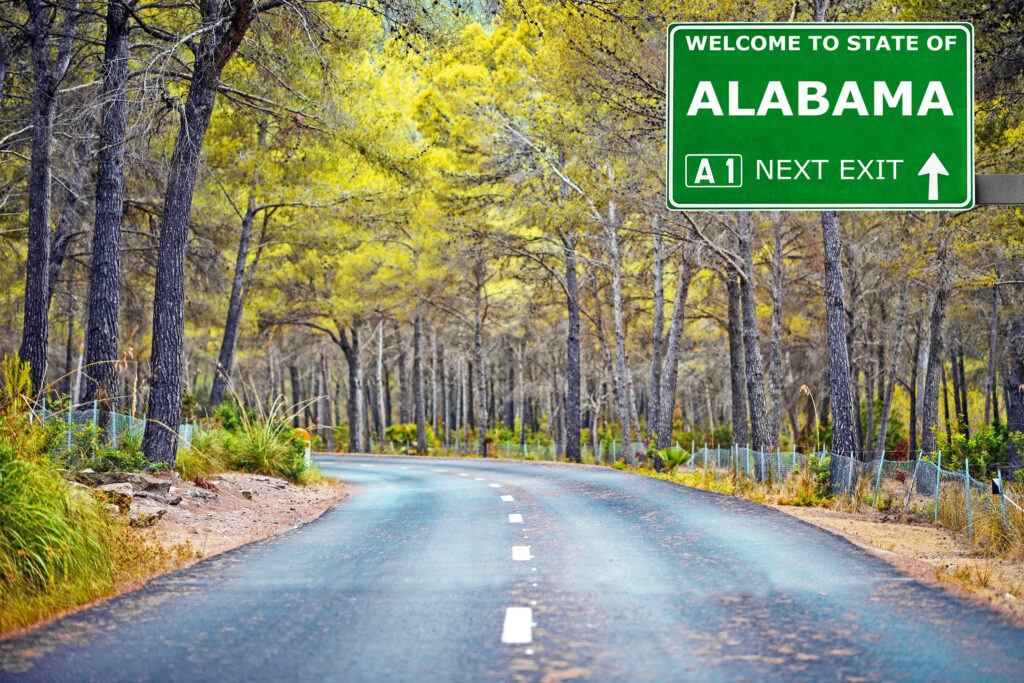
Alabama is rich in history, especially when it comes to the Civil Rights Movement. The city that serves as its capital was a central hub for pivotal events like the Montgomery Bus Boycott. This city also hosted the inauguration of the Confederate States of America in 1861. If you’re thinking of a city that played a significant role in both the Confederacy and the Civil Rights Movement, you’re on the right track.
Capital: Montgomery
2. Alaska
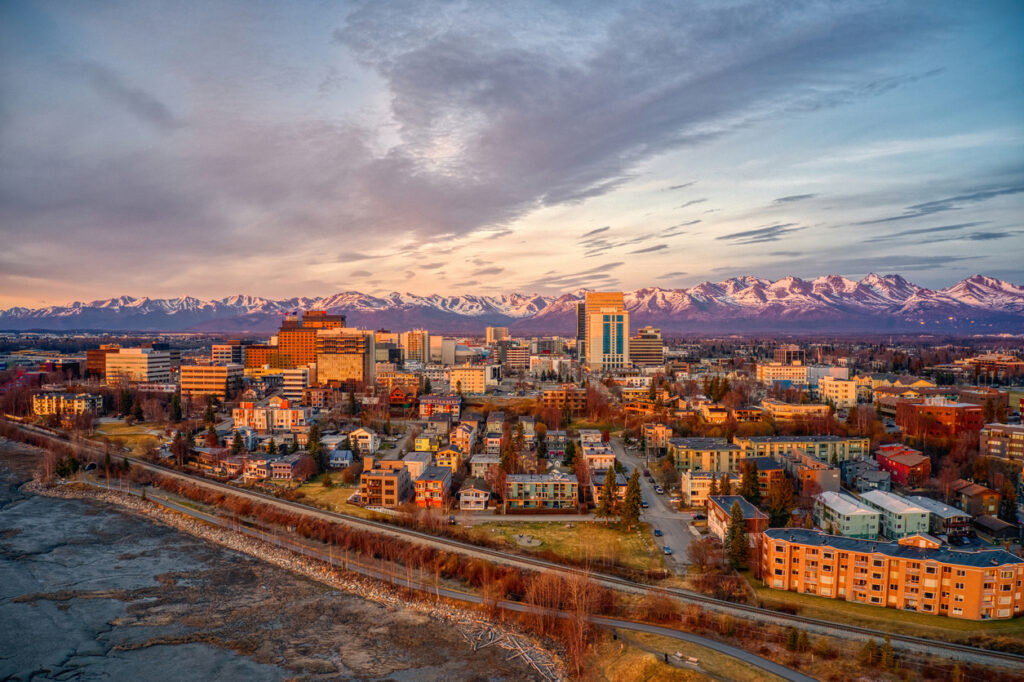
Alaska’s capital isn’t accessible by road; you can only get there by boat or plane. Nestled between mountains and the sea, this city is known for its breathtaking natural beauty and proximity to the Mendenhall Glacier. Despite being the capital, it’s not the largest city in the state, that title goes to Anchorage. Think of a city that combines wilderness with governance.
Capital: Juneau
3. Arizona
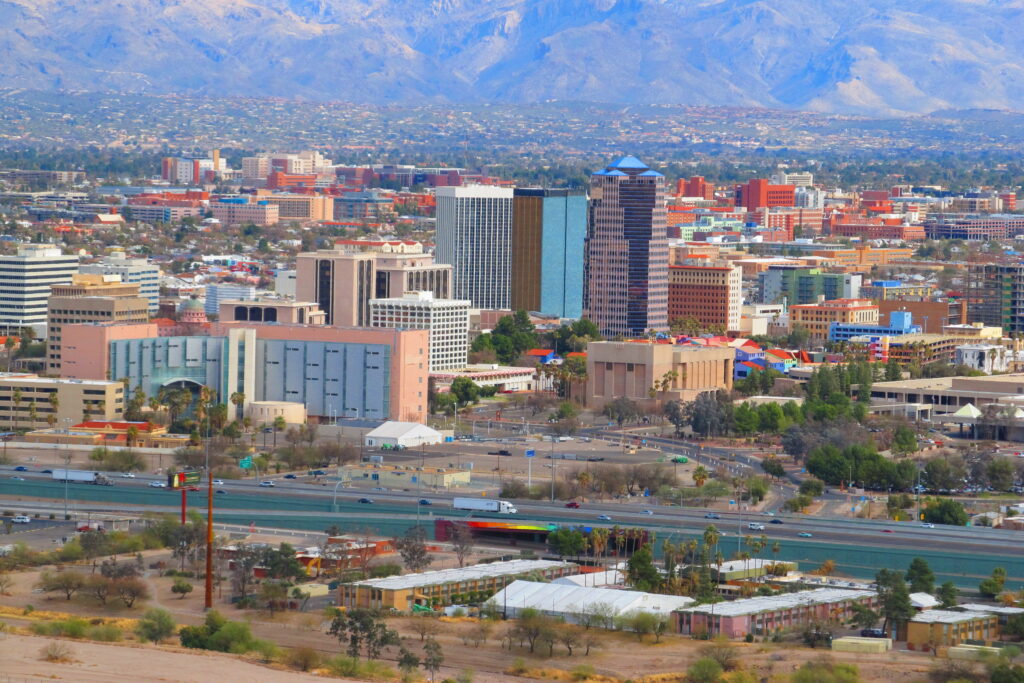
Arizona’s capital is also its largest city, known for its scorching summers and sprawling urban landscape. It’s one of the few state capitals with over a million residents. The city is named after a mythical bird that rises from its ashes, symbolizing rebirth. If you’re thinking of a city that’s both hot and mythologically inspired, you’re close.
Capital: Phoenix
4. Arkansas
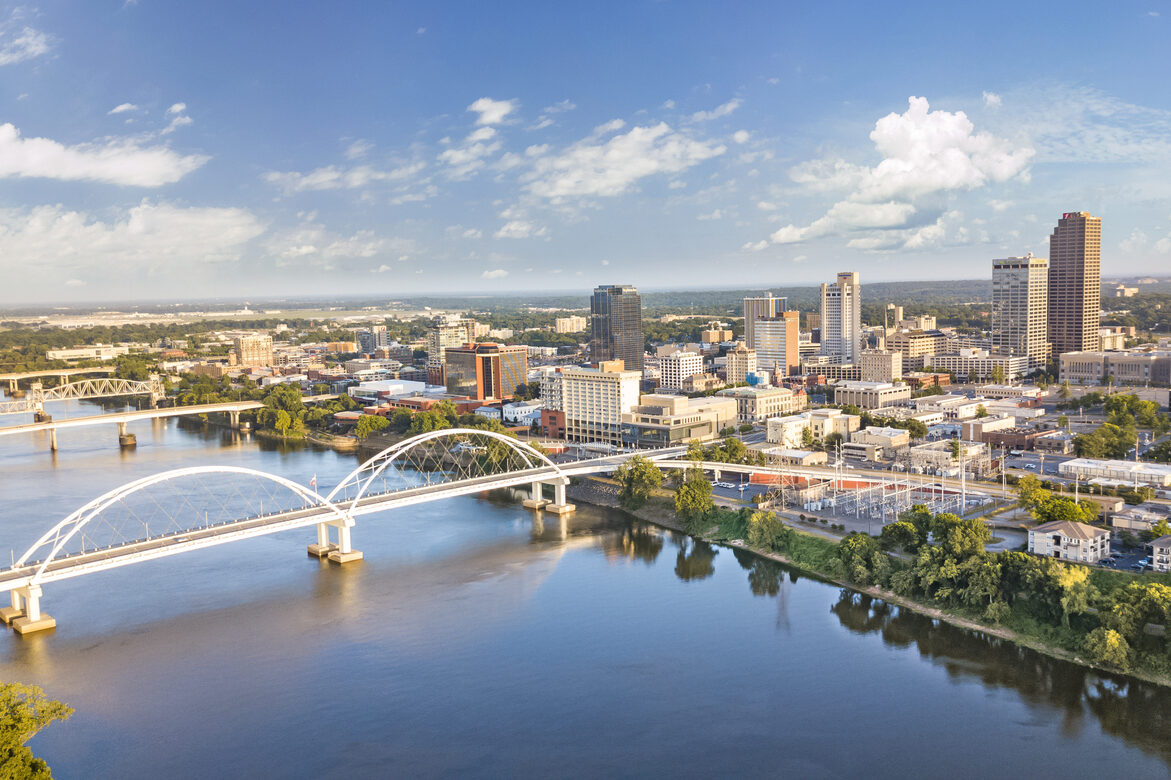
This capital city sits on the Arkansas River and is known for its vibrant arts scene and historic sites. It’s also the birthplace of a former U.S. president. Also, The city’s name, originates from a prominent rock formation on the riverbank, named by French explorers. The city’s name suggests a small stone, but its impact on the state’s culture and politics is anything but small. Think of a city that’s both “little” and “rocky.”
Capital: Little Rock
5. California

California, known for its diverse landscapes and booming tech industry, has a capital that’s not its most populous city. This city sits at the confluence of the Sacramento and American Rivers and played a significant role during the Gold Rush era. It’s also home to a historic district that preserves the city’s early days. If you’re thinking of a city that blends political significance with Gold Rush history, you’re on the right track.
Capital: Sacramento
6. Colorado
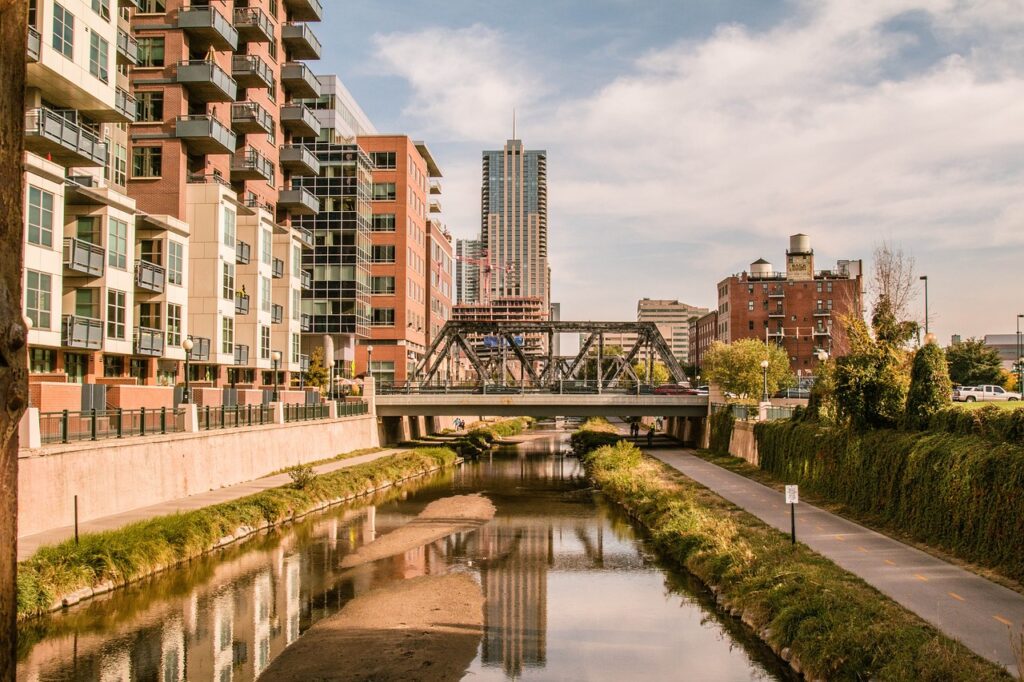
Colorado’s capital is famously known as the “Mile-High City” because its elevation is exactly one mile (5,280 feet) above sea level. Nestled at the base of the Rocky Mountains, this city offers a mix of urban sophistication and outdoor adventure. It’s also a cultural hub with a vibrant arts scene. Think of a city where you can attend a symphony concert and then head out for a mountain hike.
Capital: Denver
7. Connecticut

From its origins as a Connecticut River trading post in 1633, Connecticut’s capital isn’t its largest city, but it holds a significant place in American history. Known as the “Insurance Capital of the World,” this city has a rich literary heritage, being the home of Mark Twain. It’s also where the oldest public art museum in the U.S. is located. If you’re thinking of a city that combines financial prowess with cultural depth, you’re close.
Capital: Hartford
8. Delaware
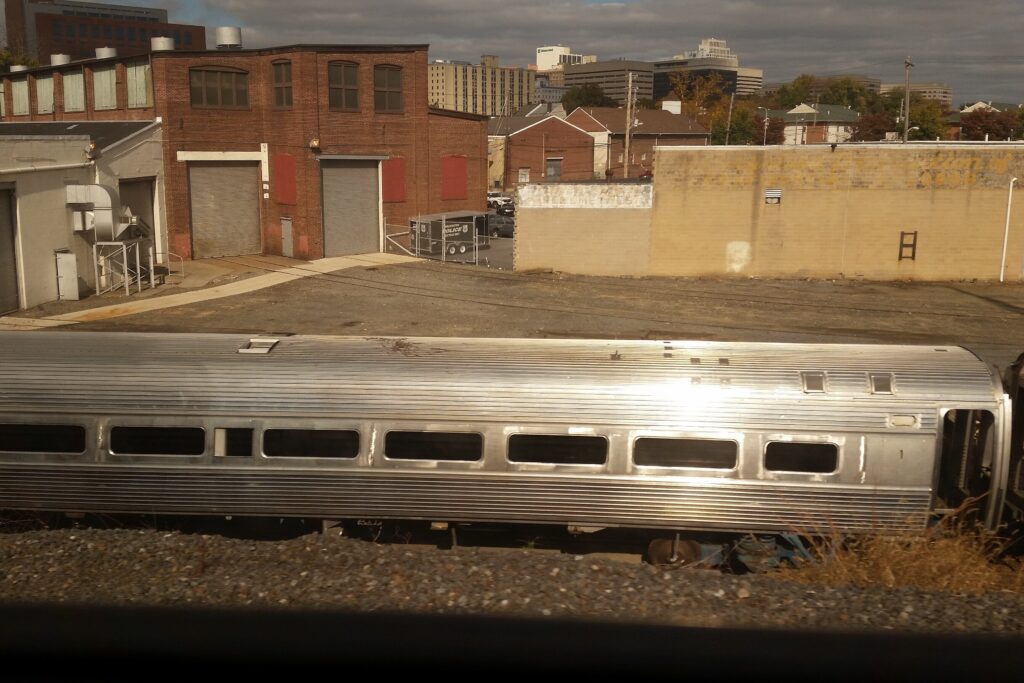
Delaware, the first state to ratify the U.S. Constitution in 1787, has a capital that’s steeped in colonial history. This city hosts the annual Dover Days Festival and Parade, as a celebration of Delaware’s culture and heritage. It’s also home to a significant Air Force base. If you’re thinking of a city that blends military significance with colonial charm, you’re on the right path.
Capital: Dover
9. Florida

Florida, known for its beaches and theme parks, has a capital that’s not among its most famous cities. This city was chosen in 1824 as a compromise between the two major cities of the time, St. Augustine and Pensacola, due to its central location. It’s home to Florida State University and has a rich history tied to the state’s legislative processes. If you’re thinking of a city that blends political significance with educational prominence, you’re on the right track.
Capital: Tallahassee
10. Georgia
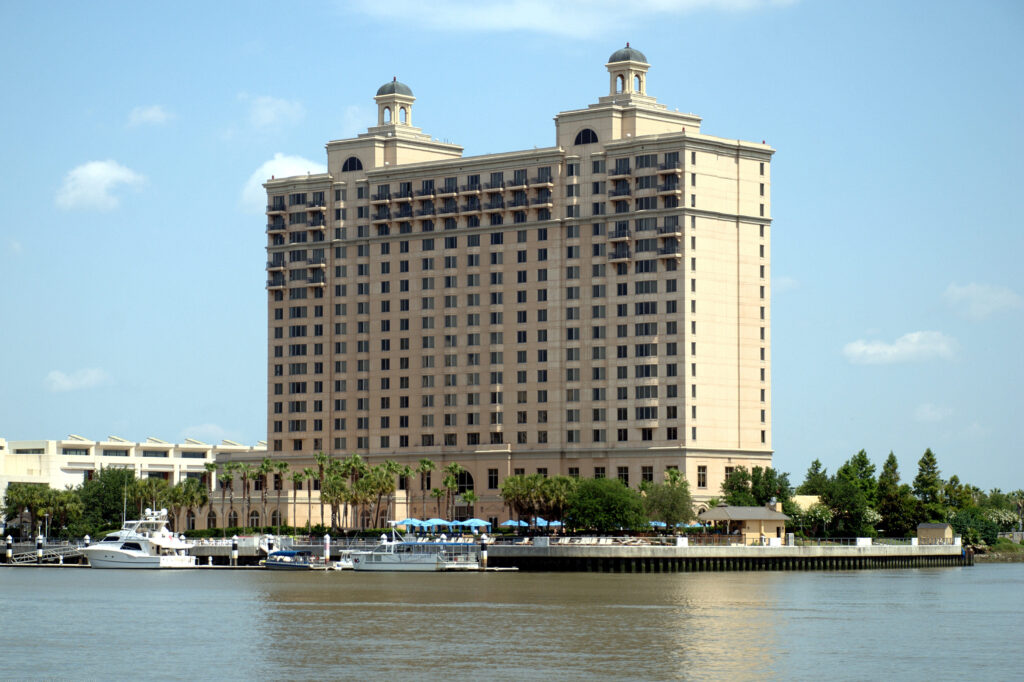
Georgia’s capital is also its largest city, known for its pivotal role in the Civil Rights Movement. This city became the state capital in 1868, moving from Milledgeville. It’s home to a gold-domed capitol building and is a major hub for transportation and commerce in the Southeast. It is also the seat of Fulton County. Think of a city that’s both historically significant and economically vibrant.
Capital: Atlanta
11. Hawaii

Hawaii’s capital is located on the island of Oʻahu and serves as the state’s main gateway to the world. This city is known for its diverse culture, beautiful beaches, and as the center of government for the state. It’s also the southernmost major U.S. city. If you’re thinking of a city that embodies the spirit of aloha and serves as the political heart of the islands, you’re close.
Capital: Honolulu
12. Idaho
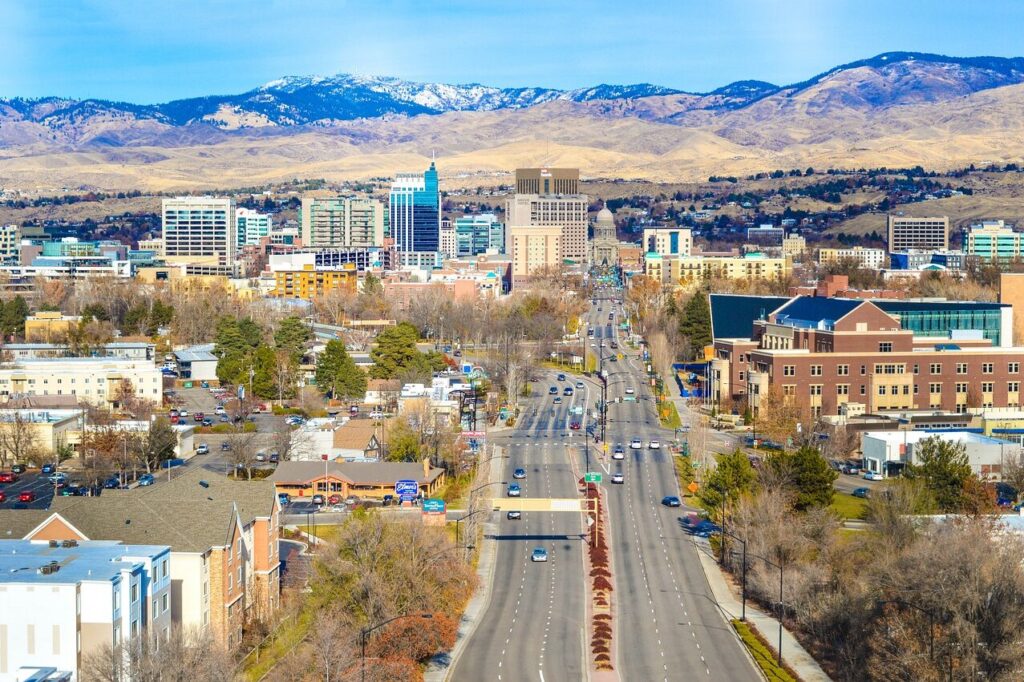
Idaho’s capital is nestled along the Boise River and is known for its vibrant downtown and outdoor recreational opportunities. This city is also the most populous in the state and serves as a cultural and economic hub. With a name that might remind you of a boy’s name, it’s a city that combines urban amenities with natural beauty. Think of a city that’s both lively and surrounded by nature.
Capital: Boise
13. Illinois
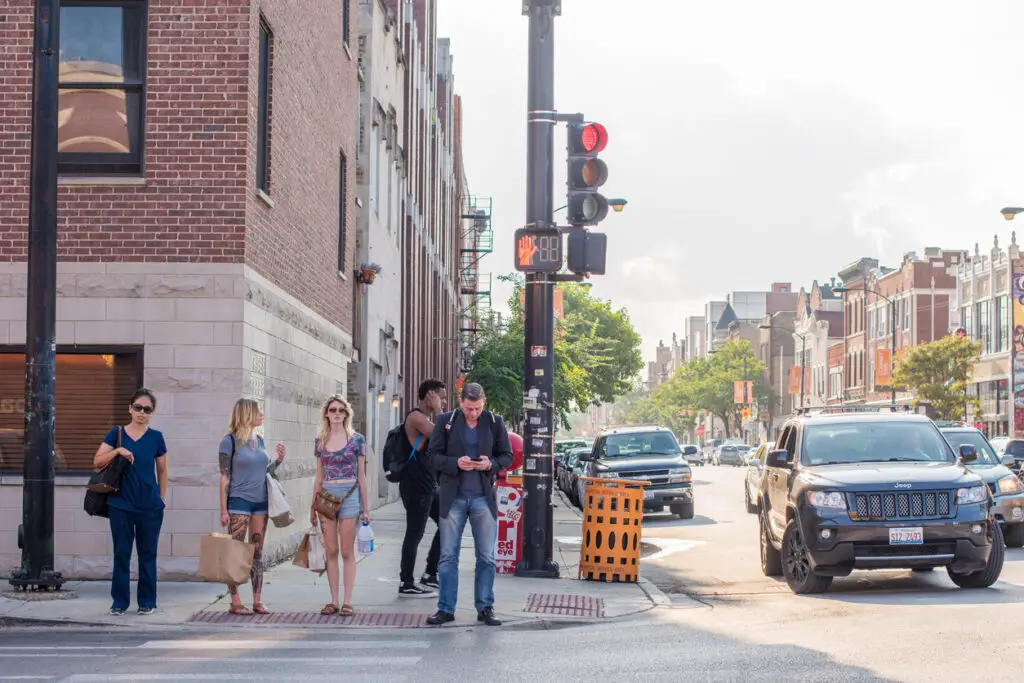
Illinois, known as the “Land of Lincoln,” has a capital that’s deeply intertwined with Abraham Lincoln’s history. This city became the state capital in 1839, succeeding Kaskaskia and Vandalia. It’s home to the Old State Capitol, where Lincoln delivered his famous “House Divided” speech in 1858, and where Barack Obama announced his presidential candidacy in 2007. If you’re thinking of a city that holds a significant place in presidential history, you’re on the right track.
Capital: Springfield
14. Indiana
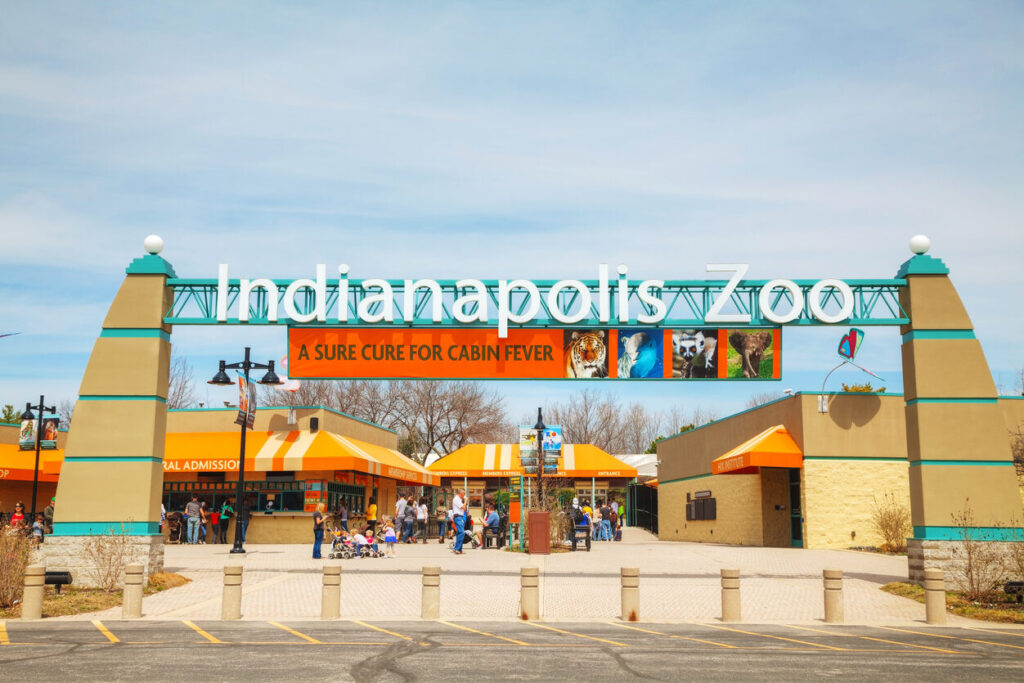
Indiana’s capital is centrally located, earning the state its nickname, “The Crossroads of America.” This city was chosen as the state capital in 1825, moving from Corydon to a more central location. It’s known for hosting the famous Indianapolis 500 auto race and has a rich history in sports and culture. Think of a city that’s both a political hub and a racing enthusiast’s dream.
Capital: Indianapolis
15. Iowa
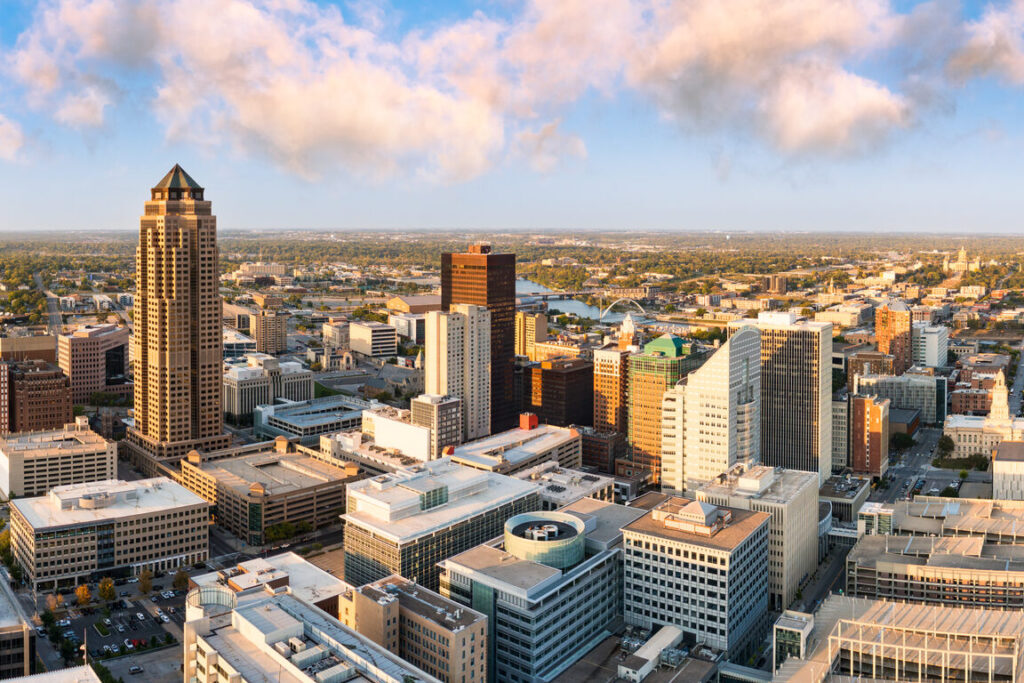
Iowa’s capital boasts a unique architectural feature: it’s the only five-domed capitol building in the country. Constructed between 1871 and 1886, this building stands atop a hill, offering a panoramic view of the city’s downtown. The city itself became the state capital in 1857, moving from Iowa City to a more central location. If you’re thinking of a city that combines architectural beauty with political significance, you’re close.
Capital: Des Moines
16. Kansas
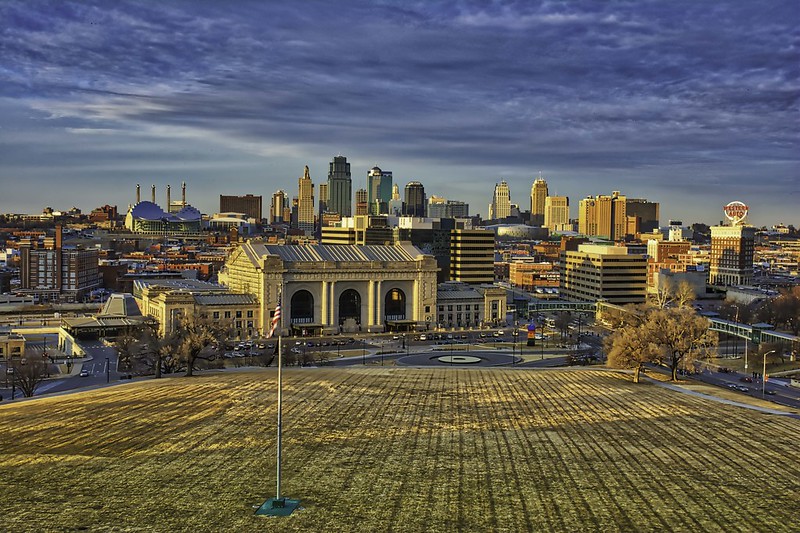
Kansas’s capital is home to a statehouse with a dome taller than the U.S. Capitol’s, standing at 304 feet. Construction of this impressive building began in 1866 and was completed in 1903, taking 37 years and costing $3.2 million. Atop the dome stands the “Ad Astra” statue, depicting a Kansa Native American aiming an arrow at the North Star, symbolizing the state’s motto, “To the stars through difficulty.” Think of a city that embodies resilience and aspiration.
Capital: Topeka
17. Kentucky
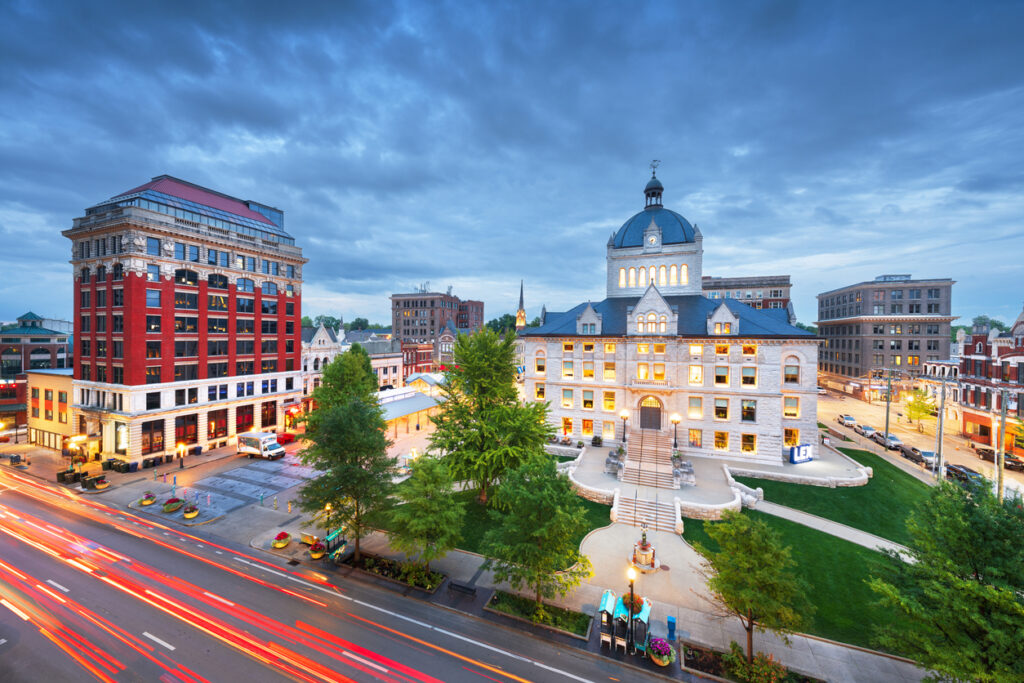
Kentucky’s capital isn’t its largest city, but it holds a significant place in the state’s history. Nestled along the Kentucky River, this city was chosen as the capital in 1792 due to its central location. It’s home to the Kentucky State Capitol, a Beaux-Arts architectural masterpiece completed in 1910, featuring grand staircases inspired by the Opéra Garnier in Paris. If you’re thinking of a city that combines political significance with architectural beauty, you’re on the right track.
Capital: Frankfort
18. Louisiana
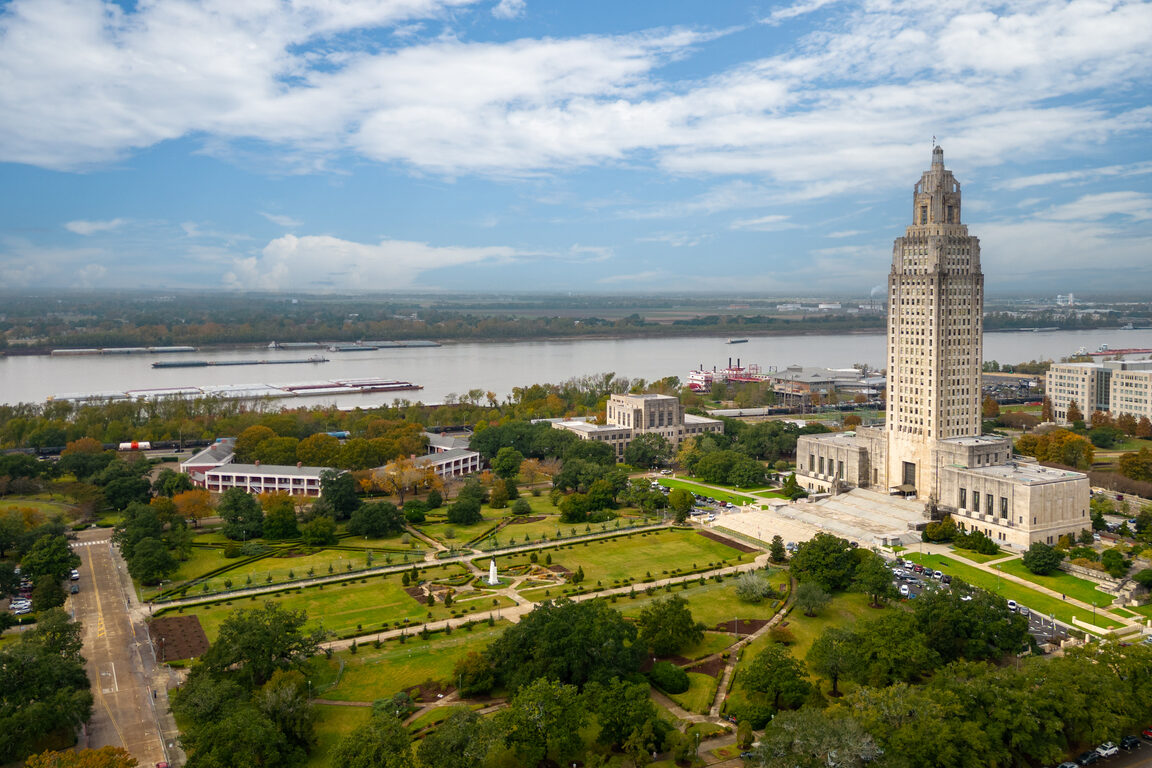
Louisiana’s capital boasts the tallest state capitol building in the United States, standing at 450 feet with 34 stories. This Art Deco skyscraper was the vision of Governor Huey P. Long, who was tragically assassinated there in 1935. The city itself, whose name translates to “red stick” in French, is rich in history and culture. Think of a city that combines political prominence with a towering presence.
Capital: Baton Rouge
19. Maine
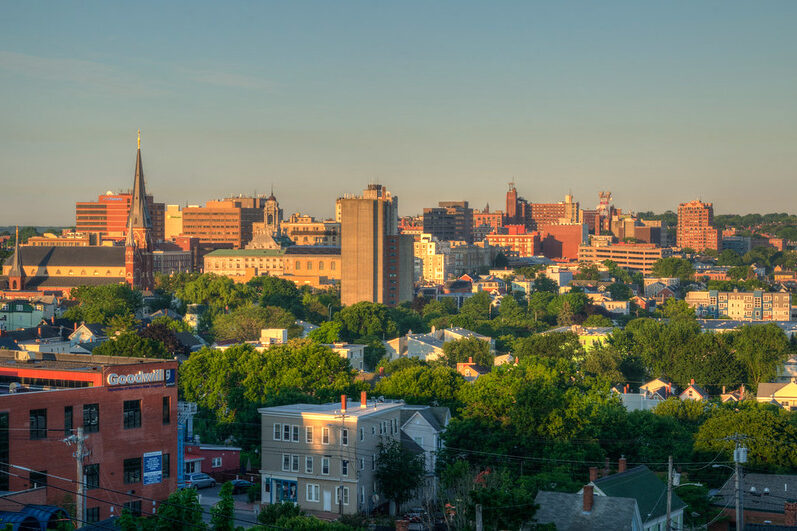
Maine’s capital is situated along the Kennebec River and was designated as such in 1827 for its central location. The State House, completed in 1832, was designed by Charles Bulfinch and constructed using Maine granite. This city, once a trading post known as Cushnoc, offers a blend of historical significance and natural beauty. If you’re thinking of a city that embodies Maine’s rugged charm and political heart, you’re close.
Capital: Augusta
20. Maryland
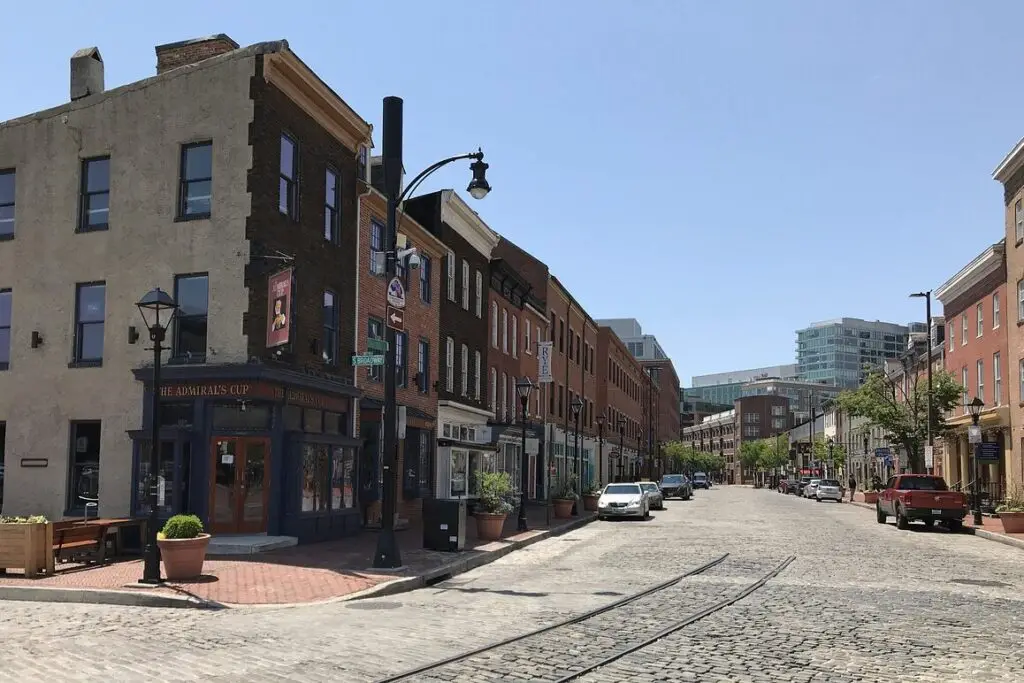
Maryland’s capital is steeped in colonial history and maritime tradition. It served as the nation’s capital from 1783 to 1784 and is home to the United States Naval Academy. The Maryland State House, located here, is the oldest U.S. state capitol still in continuous legislative use, dating back to 1772. If you’re thinking of a city that blends historical significance with nautical heritage, you’re on the right path.
Capital: Annapolis
21. Massachusetts

Massachusetts, a state rich in American Revolutionary history, has a capital that played a pivotal role in the nation’s fight for independence. This city is home to the Freedom Trail, a 2.5-mile path that passes by significant historical sites. It’s also known for its prestigious universities and as a hub of innovation. Think of a city where history and modernity intertwine seamlessly.
Capital: Boston
22. Michigan
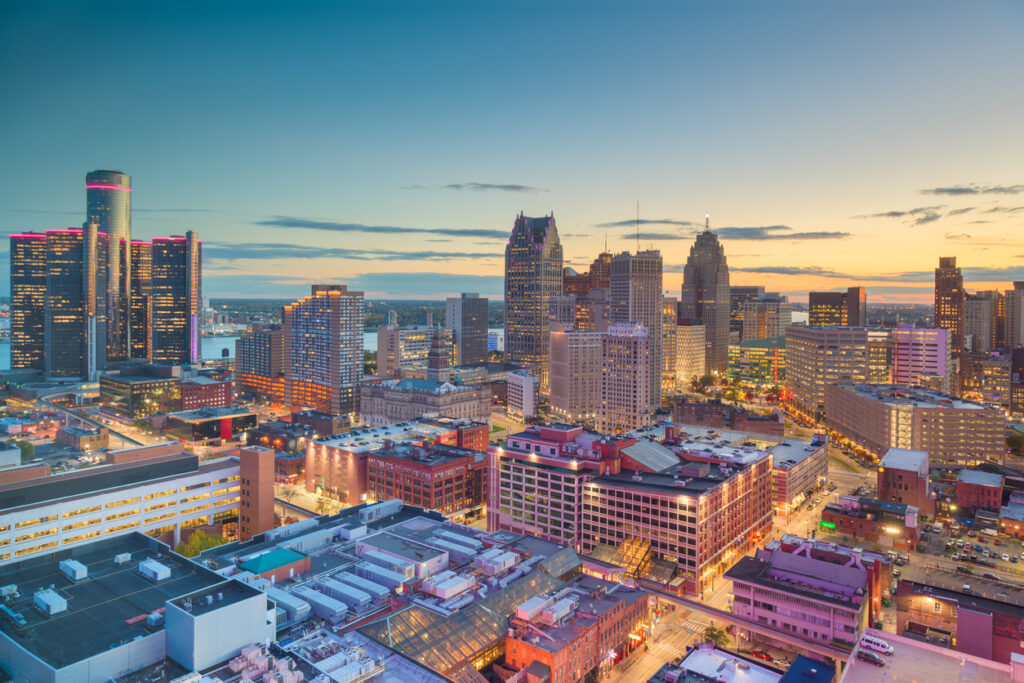
Michigan, surrounded by the Great Lakes, has a capital that’s not its largest city but holds significant political importance. This city is located in the south-central part of the state and became the capital in 1847, moving from Detroit. It’s known for its neoclassical capitol building and as a center for government and education. If you’re thinking of a city that balances political significance with Midwestern charm, you’re on the right track.
Capital: Lansing
23. Minnesota

Minnesota, known for its lakes and cold winters, has a capital that sits adjacent to its largest city, forming the “Twin Cities.” This city is home to the state’s government and boasts a beautiful cathedral and a vibrant arts scene. It’s also known for its historic neighborhoods and as a cultural counterpart to its twin city. Think of a city that complements its neighbor while standing strong on its own.
Capital: Saint Paul
24. Mississippi
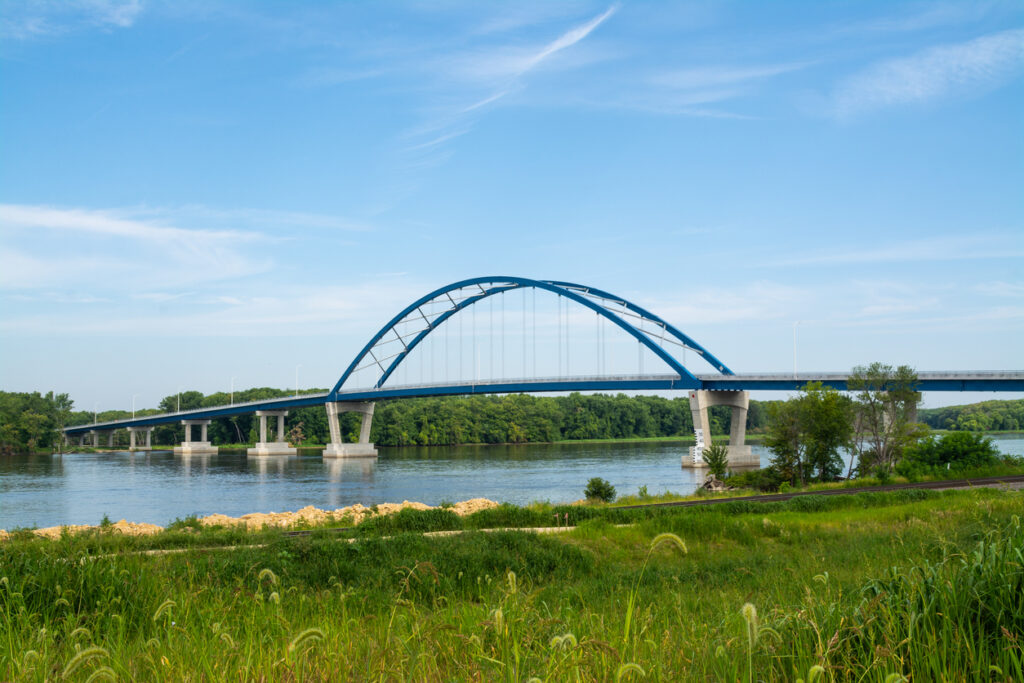
Mississippi, with its deep roots in American history, has a capital located along the Pearl River. This city played a significant role during the Civil Rights Movement and is home to several museums that commemorate this era. It’s also known for its blues music heritage and southern hospitality. If you’re thinking of a city that embodies the spirit of the Deep South, you’re close.
Capital: Jackson
25. Missouri
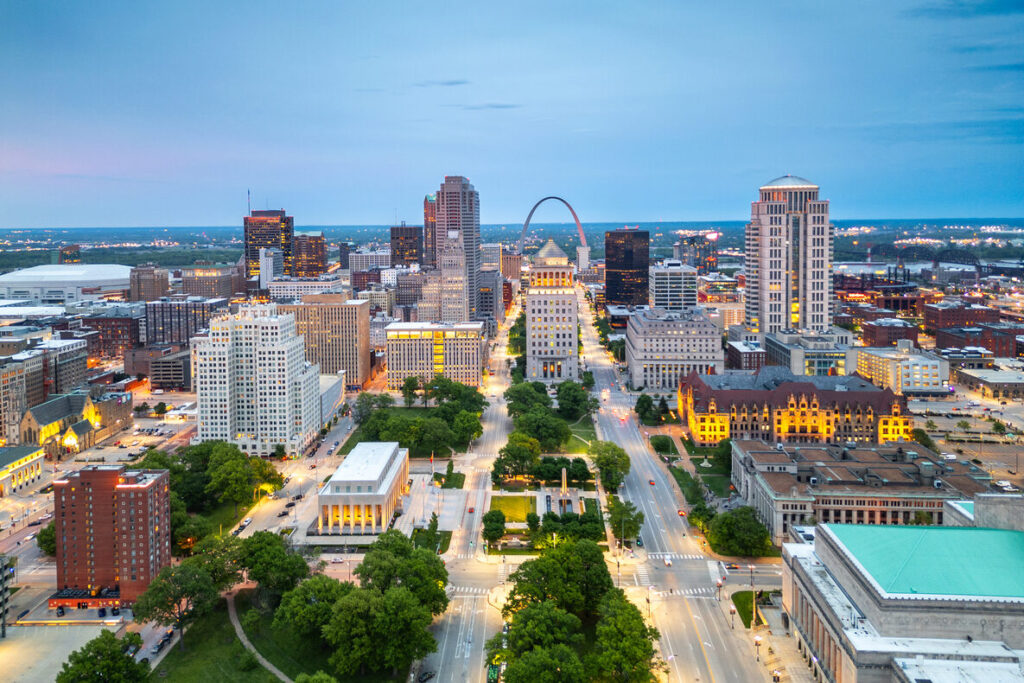
Missouri’s capital isn’t its largest city, but it’s rich in history and architectural grandeur. The current capitol building, completed in 1917, is the third to stand in this city, with previous ones lost to fires. Perched on a limestone bluff overlooking the Missouri River, the building features a prominent dome topped by a bronze statue of Ceres, the Roman goddess of agriculture. If you’re thinking of a city that combines resilience with classical beauty, you’re on the right track.
Capital: Jefferson City
26. Montana
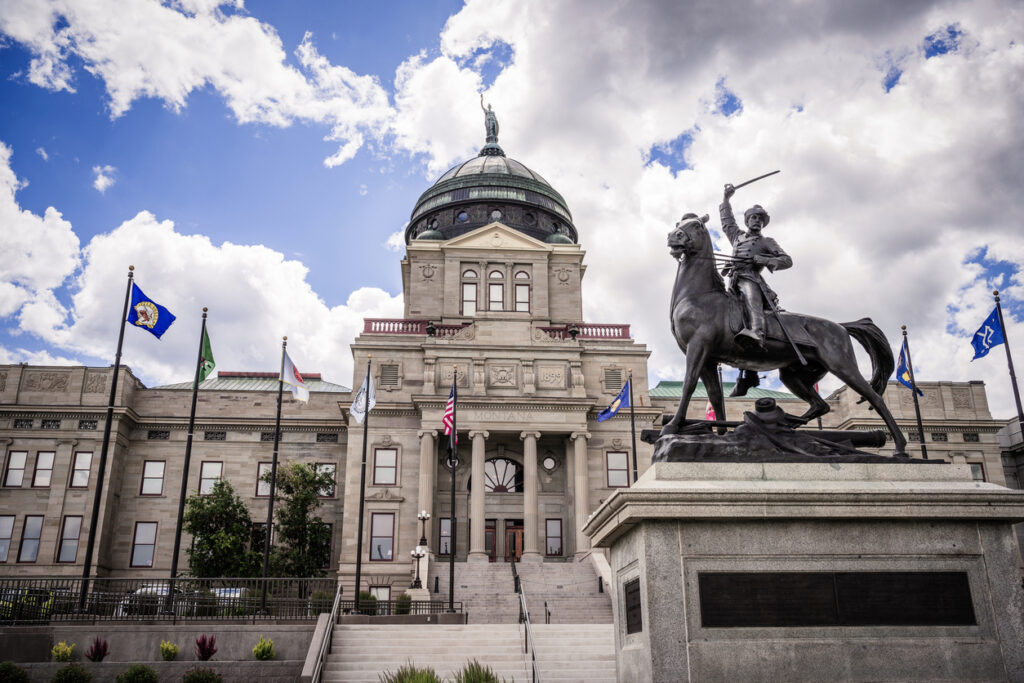
Montana’s capital emerged during the gold rush era, earning it the nickname “Queen City of the Rockies.” The state capitol, completed in 1902, showcases a neoclassical design with a distinctive copper dome. Inside, it houses significant artworks, including Charles M. Russell’s mural depicting Lewis and Clark’s meeting with Native Americans. If you’re thinking of a city that blends historical wealth with artistic heritage, you’re close.
Capital: Helena
27. Nebraska
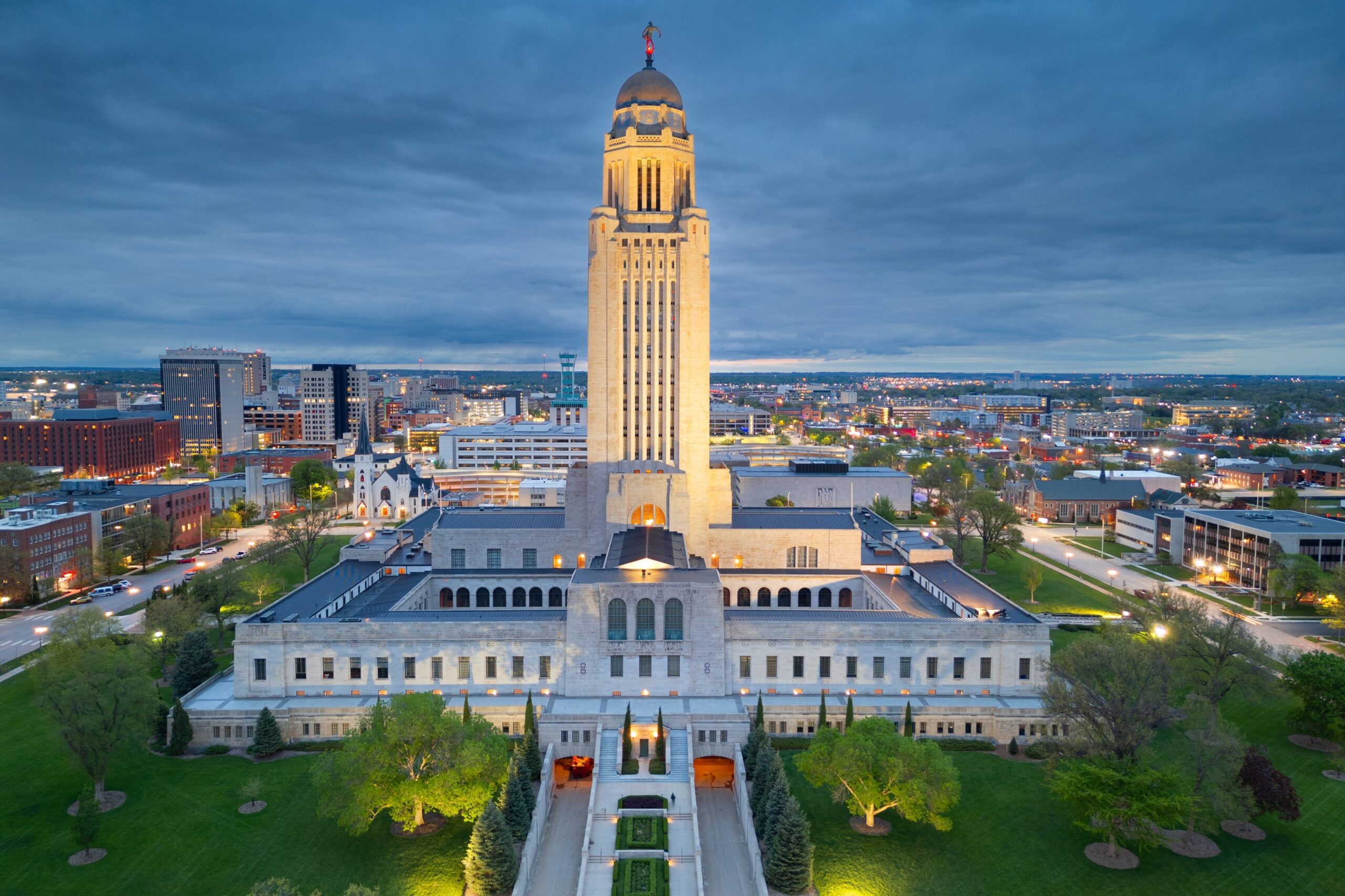
Nebraska’s capital boasts a unique state capitol building, completed in 1932, featuring a 400-foot tower topped with a bronze statue called “The Sower.” This city is also home to the nation’s only unicameral state legislature, emphasizing efficiency and simplicity. If you’re thinking of a city that stands tall both literally and legislatively, you’re on the right path.
Capital: Lincoln
28. Nevada
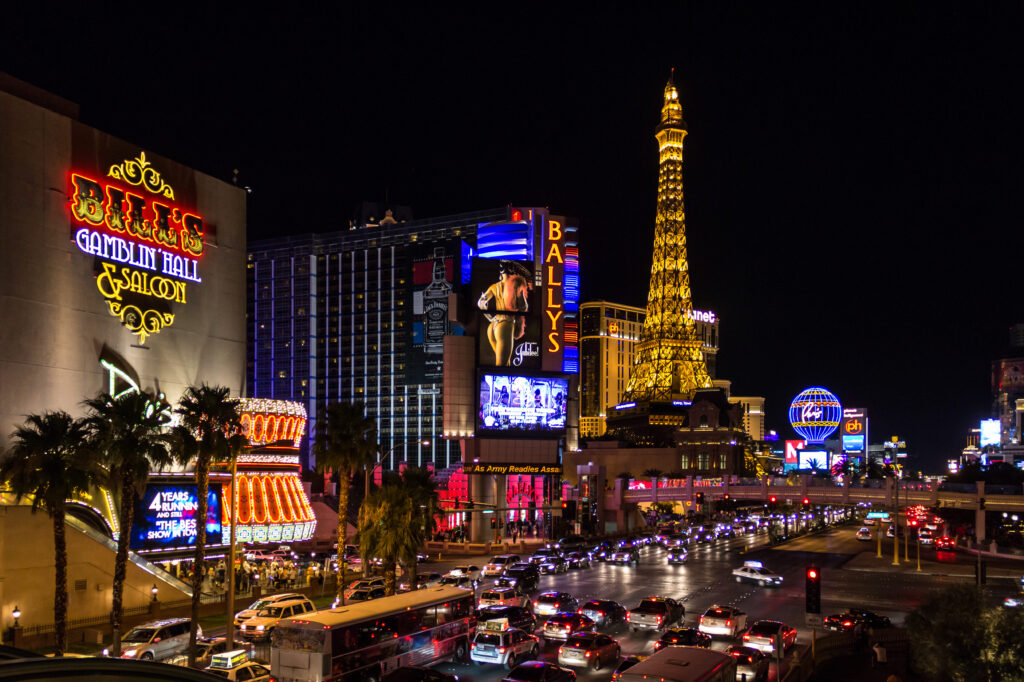
Nevada’s capital, established in 1864, features a capitol building completed in 1871, constructed from locally quarried sandstone. The building’s silver-colored dome reflects the state’s nickname, “The Silver State.” If you’re thinking of a city that embodies the spirit of the Old West and statehood pride, you’re close.
Capital: Carson City
29. New Hampshire
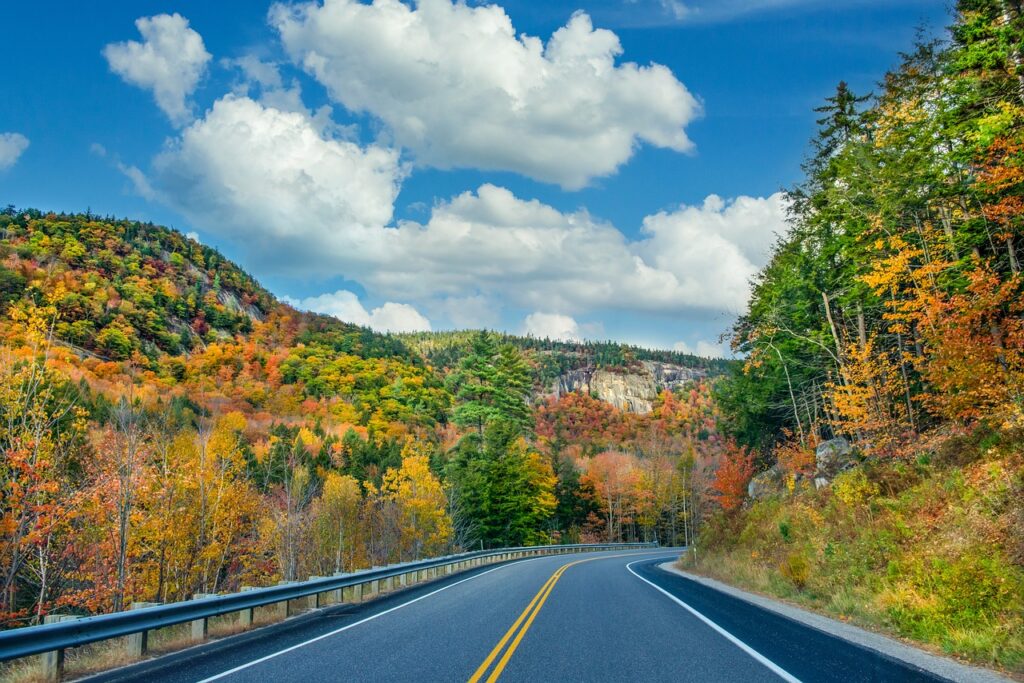
New Hampshire’s capital is a city that has been at the heart of the state’s governance since 1808. It’s renowned for its historic State House, completed in 1819, which holds the distinction of being the oldest U.S. state capitol where the legislature still meets in its original chambers. The building, constructed from locally quarried granite, features a prominent golden dome topped with a statue of a wooden eagle. If you’re thinking of a city that combines historical significance with architectural beauty, you’re on the right track.
Capital: Concord
30. New Jersey
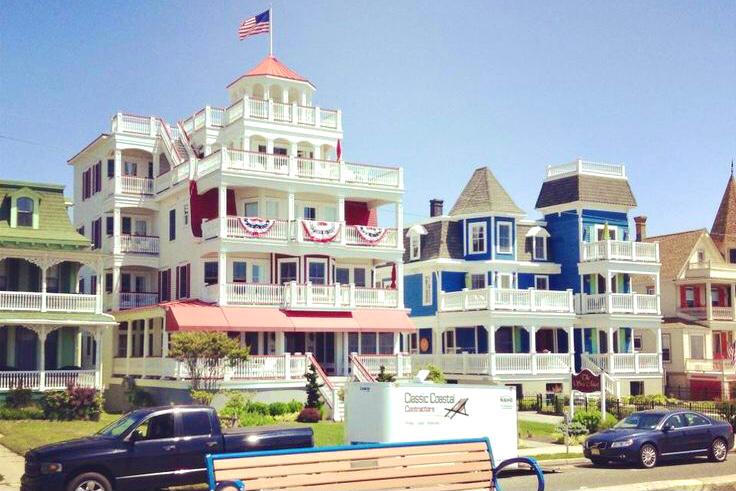
New Jersey’s capital played a pivotal role during the American Revolutionary War, being the site of George Washington’s first military victory after crossing the Delaware River. This city became the state capital in 1790 and is home to the New Jersey State House, built in 1792, making it the third-oldest state house in continuous legislative use in the U.S. Its strategic location between New York City and Philadelphia contributed to its historical and political significance. Think of a city that embodies the spirit of resilience and revolution.
Capital: Trenton
31. New Mexico
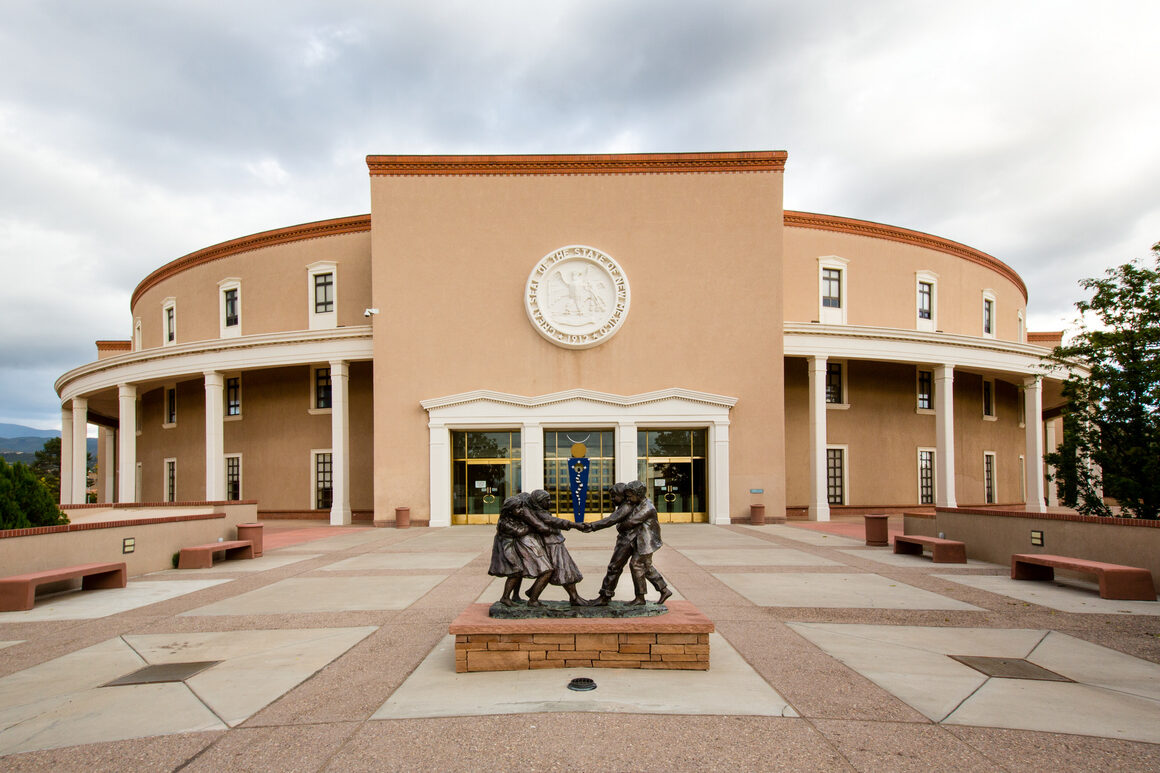
New Mexico’s capital holds the title of the oldest state capital in the United States, established in 1610. This city is known for its unique blend of Pueblo, Spanish, and Territorial architectural styles, exemplified by the Roundhouse, the only circular state capitol building in the U.S., completed in 1966. The city’s rich history and cultural heritage make it a distinctive seat of governance. If you’re thinking of a city that seamlessly blends ancient traditions with modern governance, you’re close.
Capital: Santa Fe
32. New York
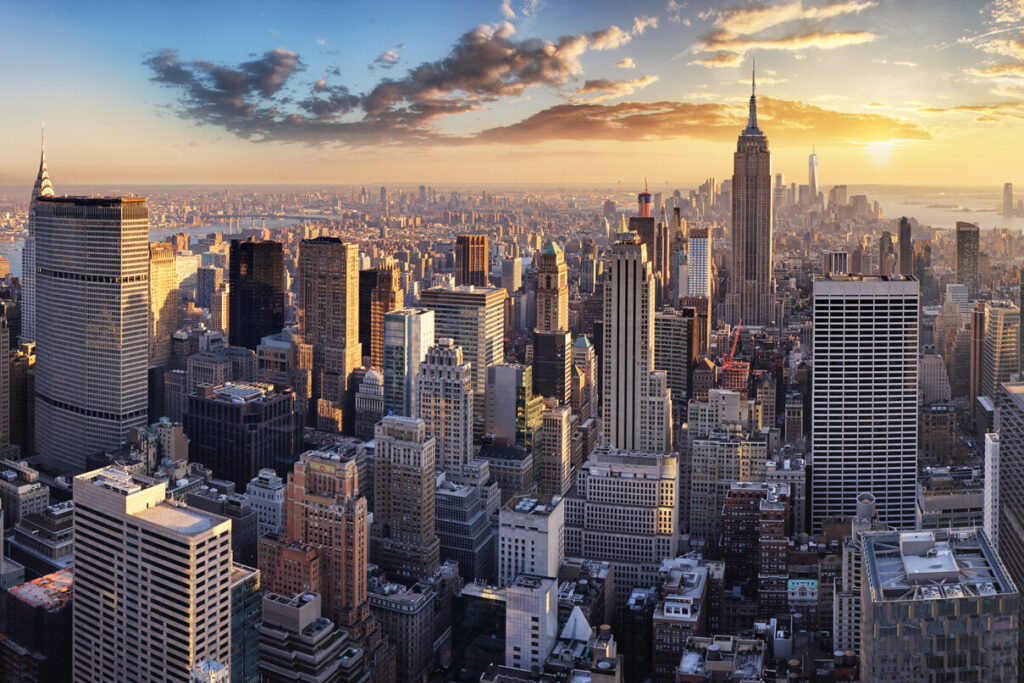
New York’s capital isn’t its most populous city, but it has been the seat of state government since 1797. This city is home to the New York State Capitol, an architectural marvel completed in 1899 after 32 years of construction. The building showcases a mix of Romanesque and Renaissance Revival styles and is renowned for its grand staircase and legislative chambers. If you’re thinking of a city that combines political importance with architectural grandeur, you’re on the right path.
Capital: Albany
33. North Carolina
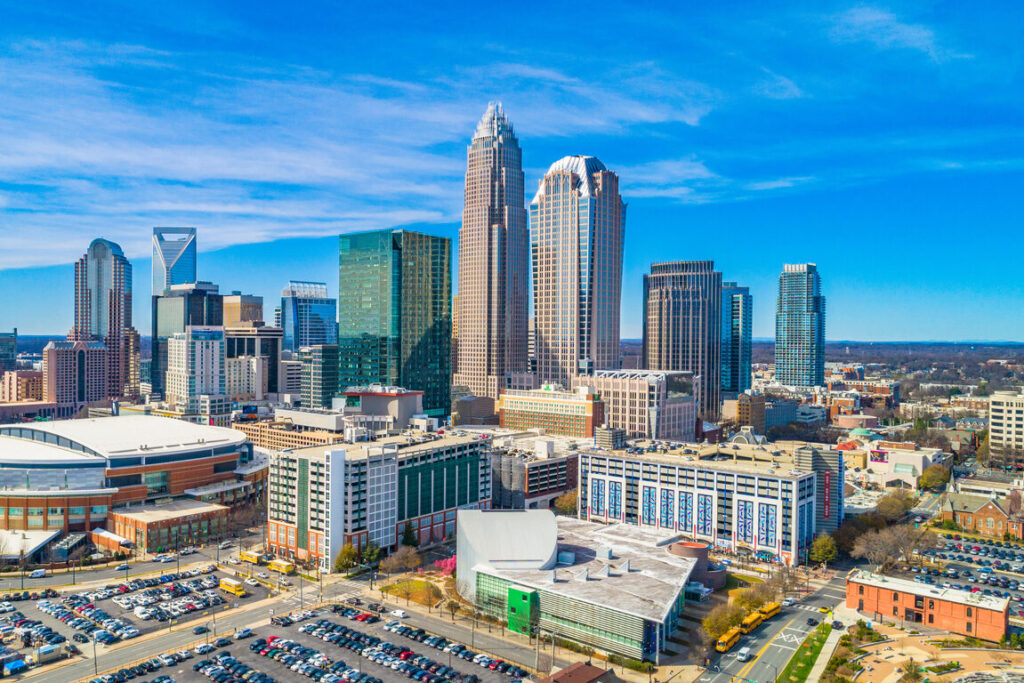
North Carolina’s capital is affectionately known as the “City of Oaks” due to its abundance of oak trees lining the streets. Established in 1792, this city was one of the few planned capitals in the United States. The North Carolina State Capitol, completed in 1840, stands as a prime example of Greek Revival architecture and has been designated a National Historic Landmark. If you’re thinking of a city that combines Southern charm with a rich political history, you’re on the right track.
Capital: Raleigh
34. North Dakota
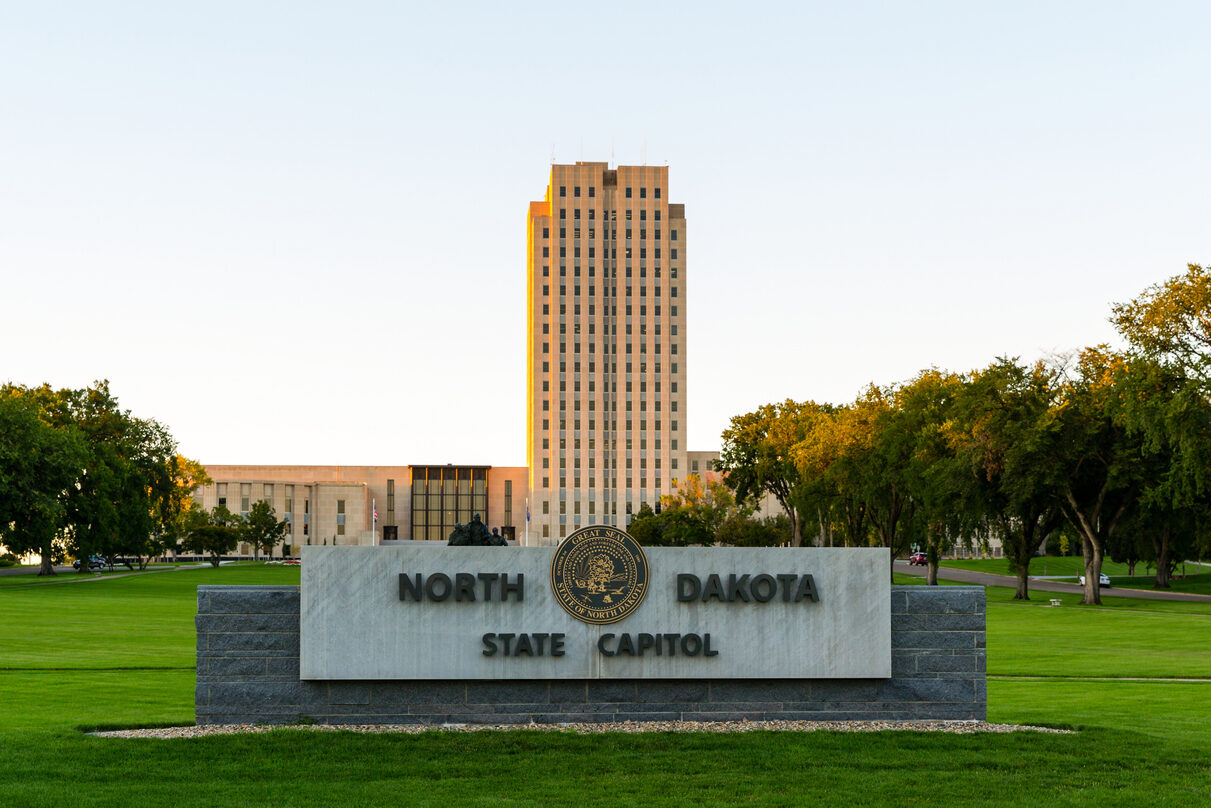
North Dakota’s capital boasts the tallest building in the state, a 21-story Art Deco tower completed in 1934. This “Skyscraper on the Prairie” is surrounded by a 160-acre campus featuring walking trails, statues, and memorials. The city itself was founded in 1872 and became the state capital upon North Dakota’s admission to the Union in 1889. Think of a city that blends modernist architecture with prairie landscapes.
Capital: Bismarck
35. Ohio
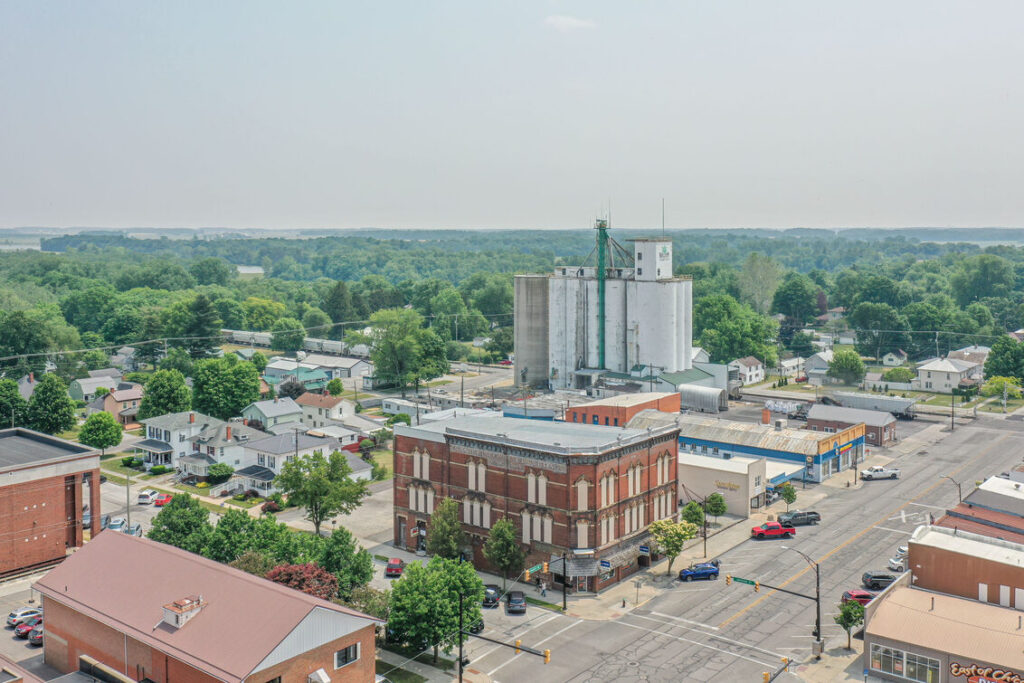
Ohio’s capital is centrally located and was specifically chosen for its accessibility to the rest of the state. The Ohio Statehouse, constructed between 1839 and 1861, is a notable example of Greek Revival architecture and is one of the oldest working statehouses in the U.S. This city is also the most populous in the state and serves as a major hub for education and innovation. If you’re thinking of a city that embodies the spirit of the Midwest, you’re close.
Capital: Columbus
36. Oklahoma
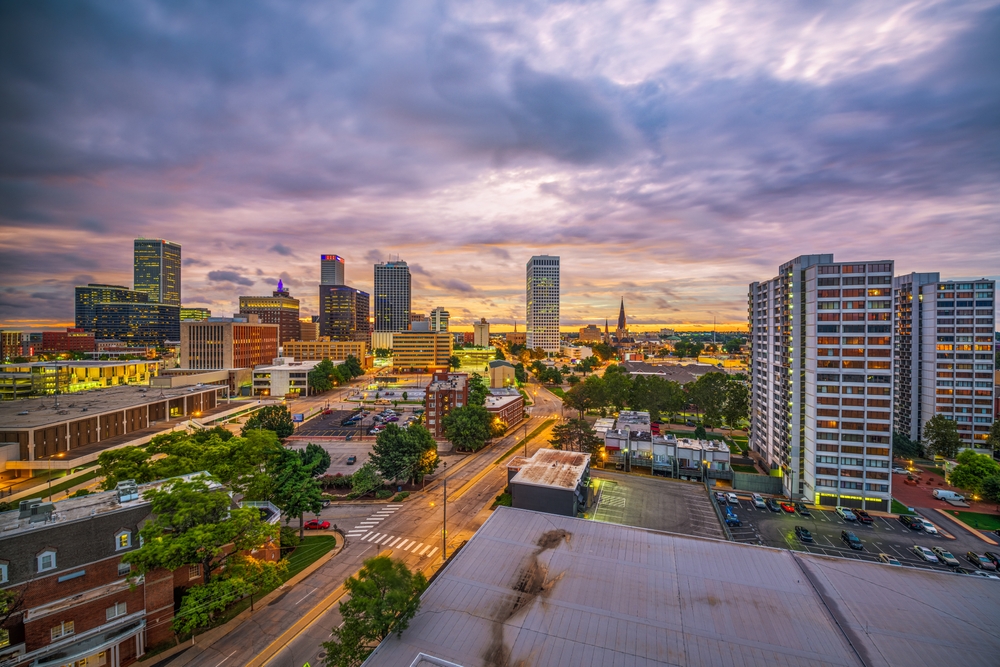
Oklahoma’s capital is unique for having active oil rigs on its capitol grounds, a nod to the state’s rich oil history. The Oklahoma State Capitol, completed in 1917, features Greco-Roman architecture and was topped with a dome in 2002, fulfilling the original architectural plans. The city became the capital in 1910, moving from Guthrie after a statewide vote. Think of a city that combines energy with elegance.
Capital: Oklahoma City
37. Oregon
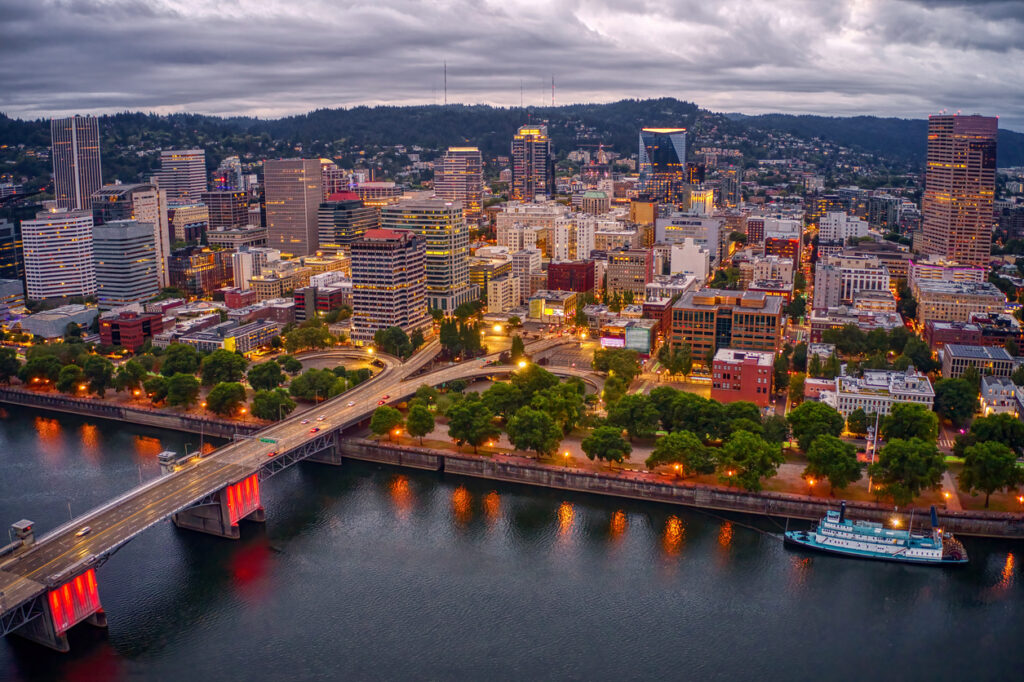
Oregon’s capital has a history marked by resilience. The first two capitol buildings in this city were destroyed by fires, one in 1855 and another in 1935. The current capitol, completed in 1938, features an Art Deco design and is topped with a 22-foot-tall bronze statue known as the “Oregon Pioneer” or “Gold Man”. This city became the official capital in 1864 after a series of relocations between Oregon City, Salem, and Corvallis. If you’re thinking of a city that embodies perseverance and architectural beauty, you’re on the right track.
Capital: Salem
38. Pennsylvania
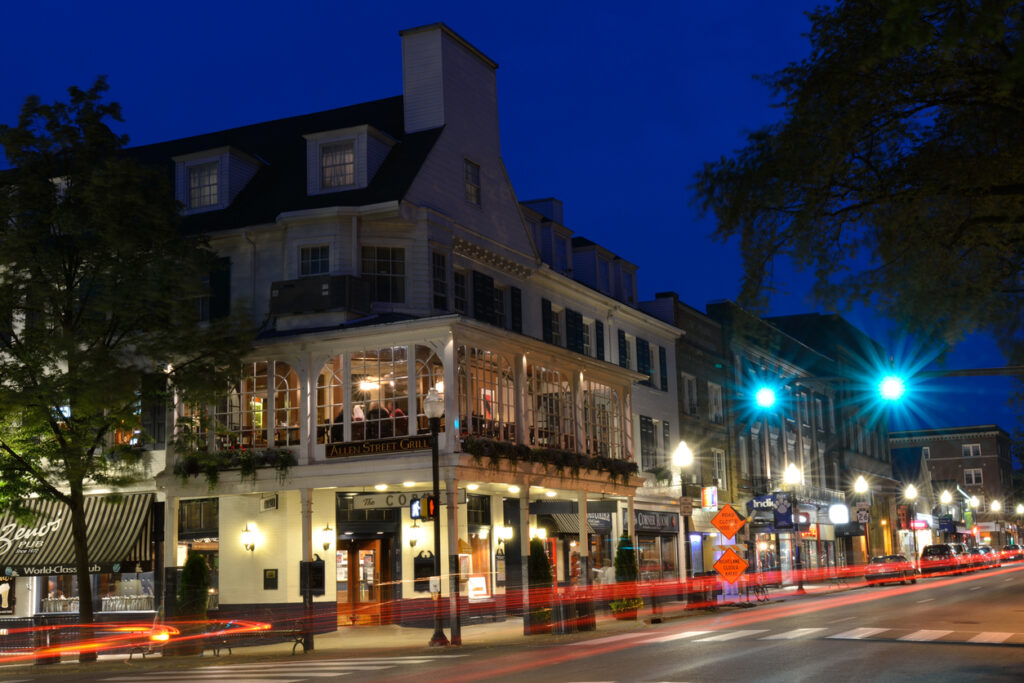
Pennsylvania’s capital is home to a capitol building often referred to as a “palace of art.” Designed by architect Joseph Huston and completed in 1906, the building features a 272-foot dome inspired by St. Peter’s Basilica in Rome. President Theodore Roosevelt attended its dedication, proclaiming it “the handsomest building I ever saw.” The city became the state capital in 1812, moving from Lancaster, and has since played a central role in Pennsylvania’s governance. Think of a city that combines political significance with artistic grandeur.
Capital: Harrisburg
39. Rhode Island

Rhode Island’s capital is the smallest state’s largest city and boasts a rich history. Founded in 1636 by Roger Williams, it became the sole capital in 1900 after previously sharing the role with other towns. The Rhode Island State House, completed in 1904, features the fourth-largest self-supported marble dome in the world and is topped by the “Independent Man” statue, symbolizing freedom and independence. If you’re thinking of a city that embodies independence and historical significance, you’re close.
Capital: Providence
40. South Carolina
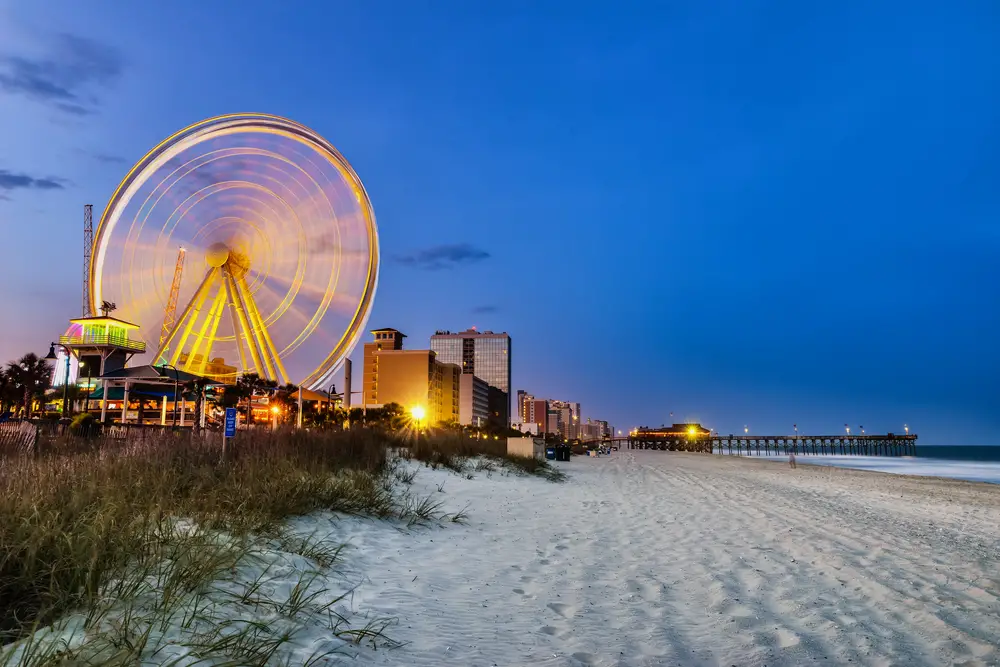
South Carolina’s capital was established in 1786 to provide a more central location for the state government. The city was significantly impacted during the Civil War when General Sherman’s troops captured and burned much of it in 1865. The South Carolina State House, constructed beginning in 1855, features bronze stars marking where Union cannonballs struck the building. Today, the city stands as a testament to resilience and history. Think of a city that rose from the ashes to become a symbol of strength.
Capital: Columbia
41. South Dakota
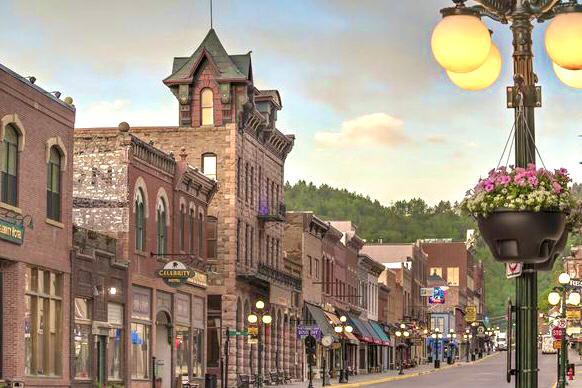
South Dakota’s capital was selected in 1889 when the state was admitted to the Union. The city was chosen for its central location, making it accessible to residents across the state. The State Capitol building, completed in 1910, features Neoclassical architecture with materials like native fieldstone and Italian marble. If you’re thinking of a city that embodies the heart of South Dakota, you’re on the right track.
Capital: Pierre
42. Tennessee
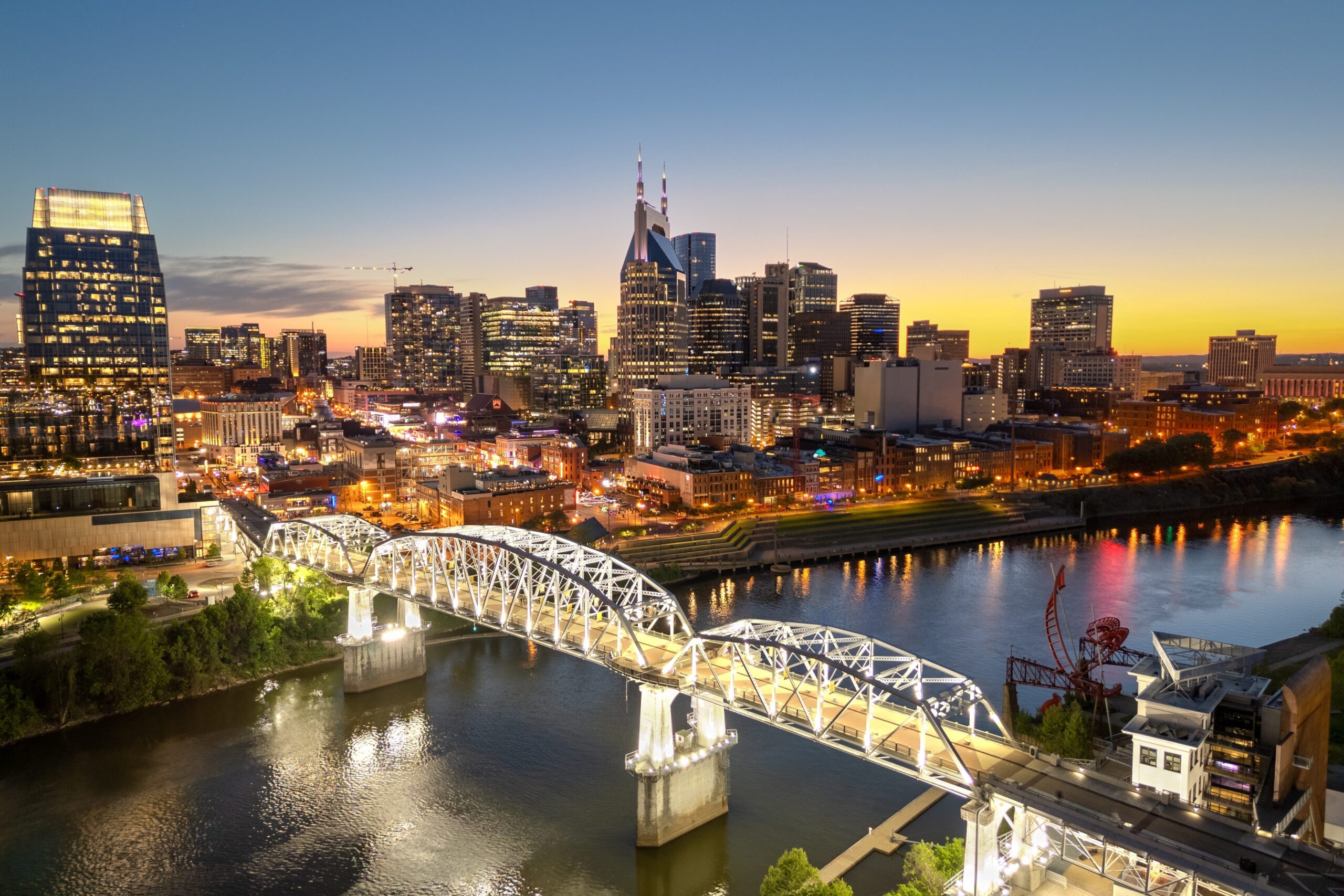
Tennessee’s capital is home to one of the oldest working state capitols in the country, completed in 1859. Designed by architect William Strickland, who considered it his crowning achievement, the building stands as a testament to the state’s rich history. Strickland is even buried within the Capitol’s walls. Think of a city that blends historical significance with architectural beauty.
Capital: Nashville
43. Texas
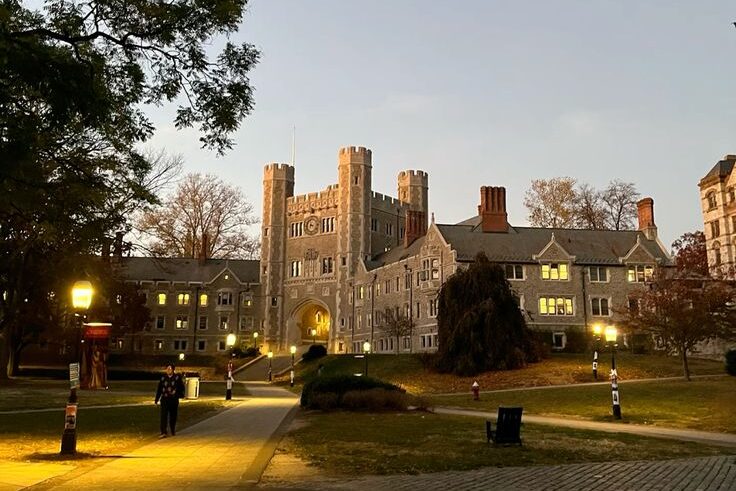
Texas’s capital was established in 1839 and is known for its vibrant culture and music scene. The Texas State Capitol, completed in 1888, is taller than the U.S. Capitol and constructed from sunset red granite. A statue of the Goddess of Liberty crowns its dome. If you’re thinking of a city that embodies Texas’s independent spirit, you’re close.
Capital: Austin
44. Utah

Utah’s capital sits atop Capitol Hill, offering panoramic views of the surrounding mountains. The current Capitol building, completed in 1916, features a neoclassical design with a dome covered in Utah copper, which rises 286 feet above the ground. The city itself was founded by pioneers seeking religious freedom. Think of a city that combines natural beauty with historical depth.
Capital: Salt Lake City
45. Vermont

Vermont’s capital is the smallest state capital in the U.S. by population, yet it boasts a grand State House with a gleaming gold dome. Established as the capital in 1805, the city’s central location made it a strategic choice. The current State House, completed in 1859, is the third on the site and features a statue of Ethan Allen, a Revolutionary War hero, in its portico. If you’re thinking of a quaint city that punches above its weight in historical significance, you’re on the right track.
Capital: Montpelier
46. Virginia
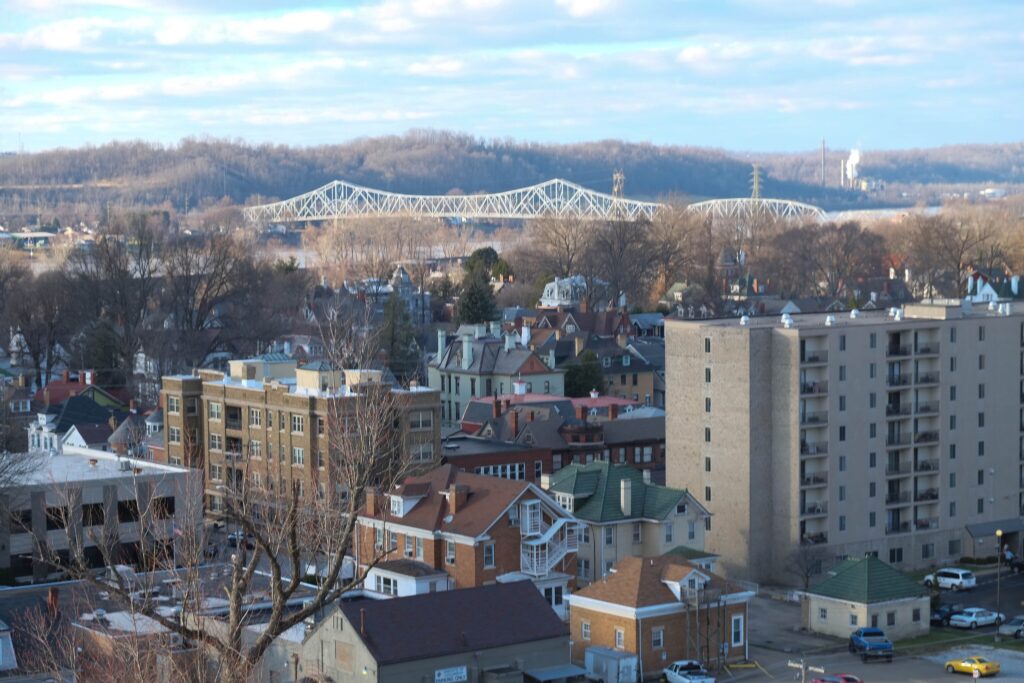
Virginia’s capital, chosen in 1779, is home to a State Capitol designed by Thomas Jefferson, inspired by classical Roman architecture. Completed in 1788, the building houses the oldest elected legislative body in North America. During the Civil War, this city served as the capital of the Confederacy, adding layers to its rich history. Think of a city where colonial charm meets pivotal moments in American history.
Capital: Richmond
47. Washington
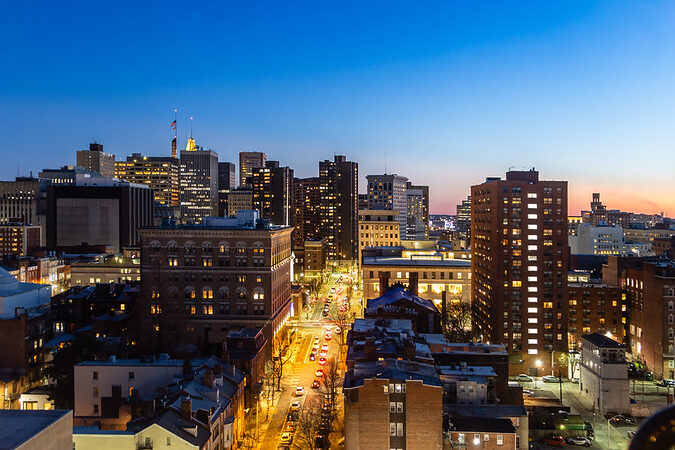
Washington’s capital was established in 1853 when the area was still a territory. The current Capitol building, completed in 1928, features a dome that is one of the tallest masonry domes in the country. Situated on a hill, the Capitol offers stunning views of the surrounding landscape, including the Puget Sound and the Olympic Mountains. If you’re thinking of a city that blends natural beauty with governmental significance, you’re close.
Capital: Olympia
48. West Virginia
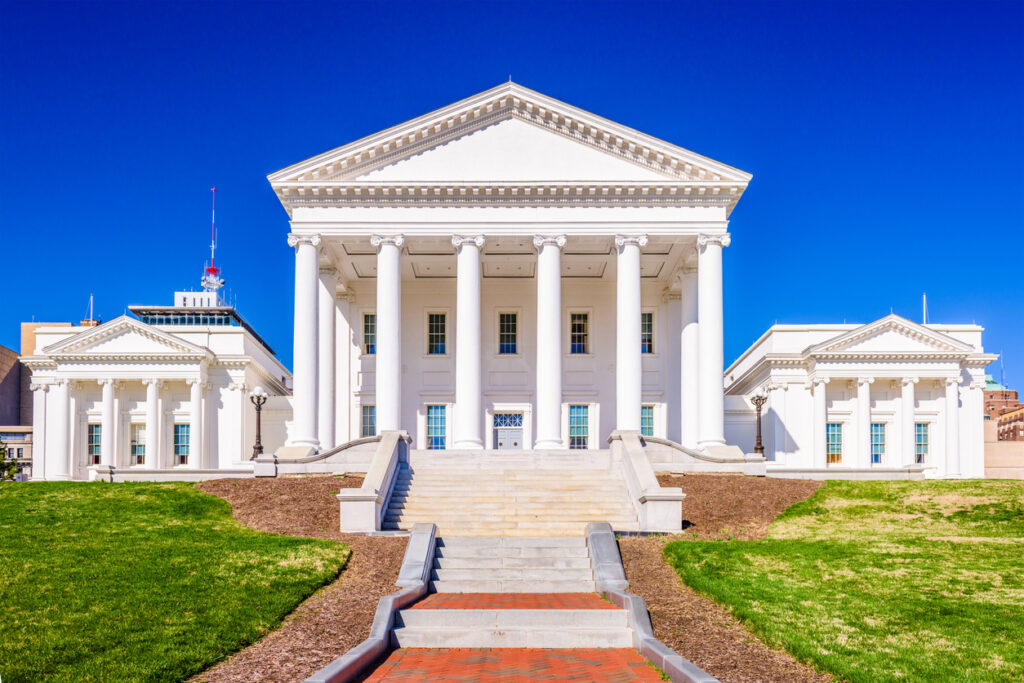
West Virginia’s capital has a unique history, having shifted locations multiple times before settling permanently. The current Capitol, completed in 1932, features a gold-leafed dome that stands taller than the U.S. Capitol’s dome. This city became the permanent capital after a statewide vote in 1877, reflecting the state’s evolving identity post-Civil War. Think of a city that symbolizes resilience and adaptation.
Capital: Charleston
49. Wisconsin
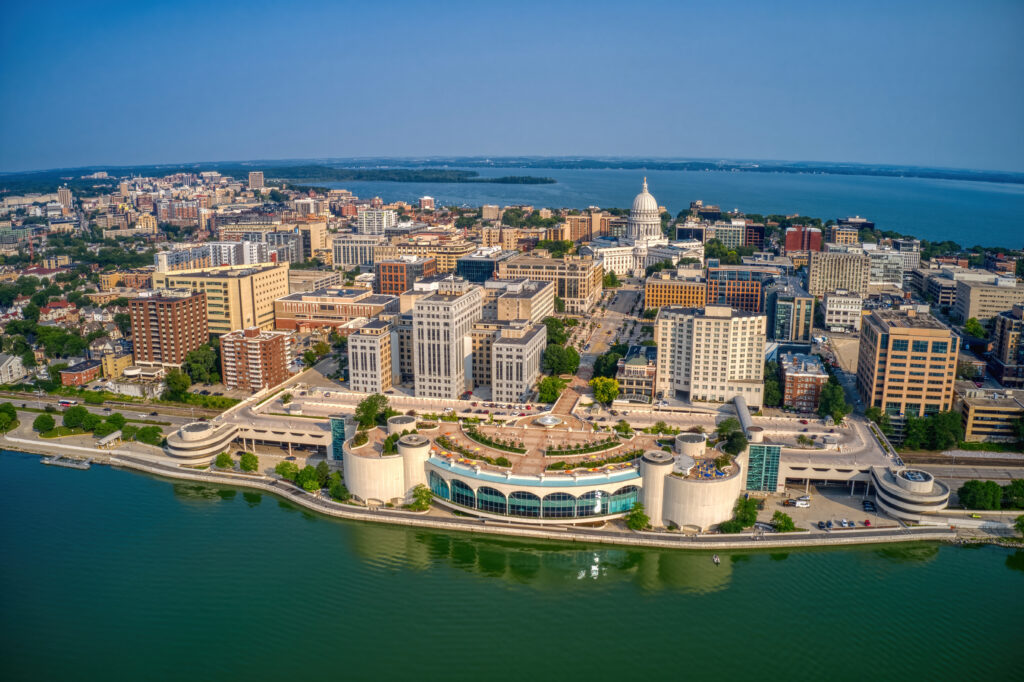
Wisconsin’s capital was chosen in 1836 by James Duane Doty, a former federal judge who purchased over a thousand acres of land in the area, envisioning a city that would become the state’s political center. The city, named after the fourth U.S. President, was selected for its central location between Milwaukee and the Mississippi River. The current State Capitol, completed in 1917, is the fifth building to serve as the state’s capitol and features the only granite dome in the United States. If you’re thinking of a city that blends political foresight with architectural grandeur, you’re on the right track.
Capital: Madison
50. Wyoming

Wyoming’s capital, established in 1867, earned the nickname “Magic City of the Plains” due to its rapid growth following the arrival of the Union Pacific Railroad. The city was designated as the territorial capital in 1869 and retained its status upon Wyoming’s statehood in 1890. The State Capitol, completed in 1890, is a National Historic Landmark known for its Renaissance Revival architecture and a dome rising 146 feet above the ground. If you’re thinking of a city that symbolizes the pioneering spirit of the American West, you’re close.
Capital: Cheyenne
This story Only 3% of Americans Can Name All 50 State Capitals, Are You One of Them? was first published on Daily FETCH


